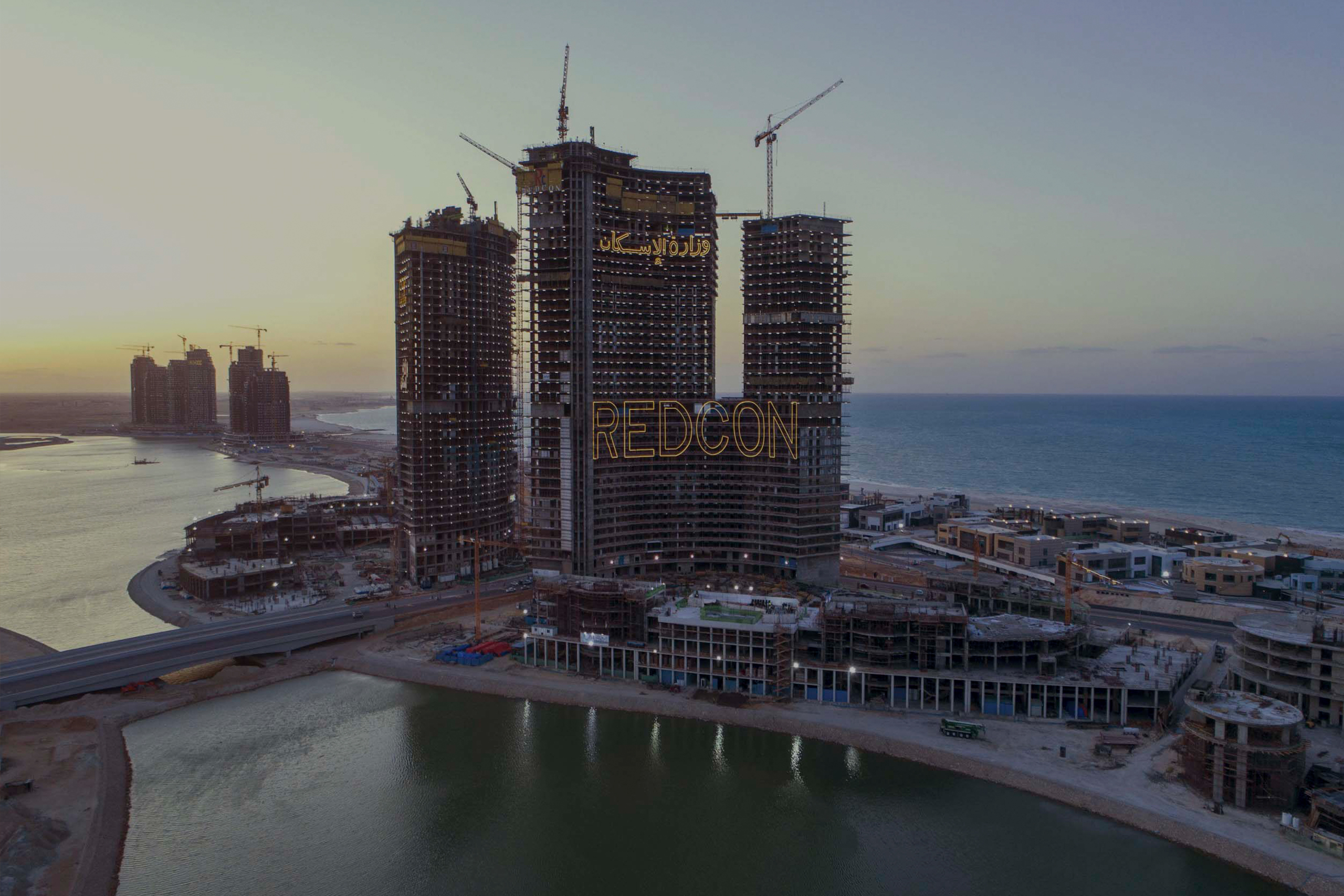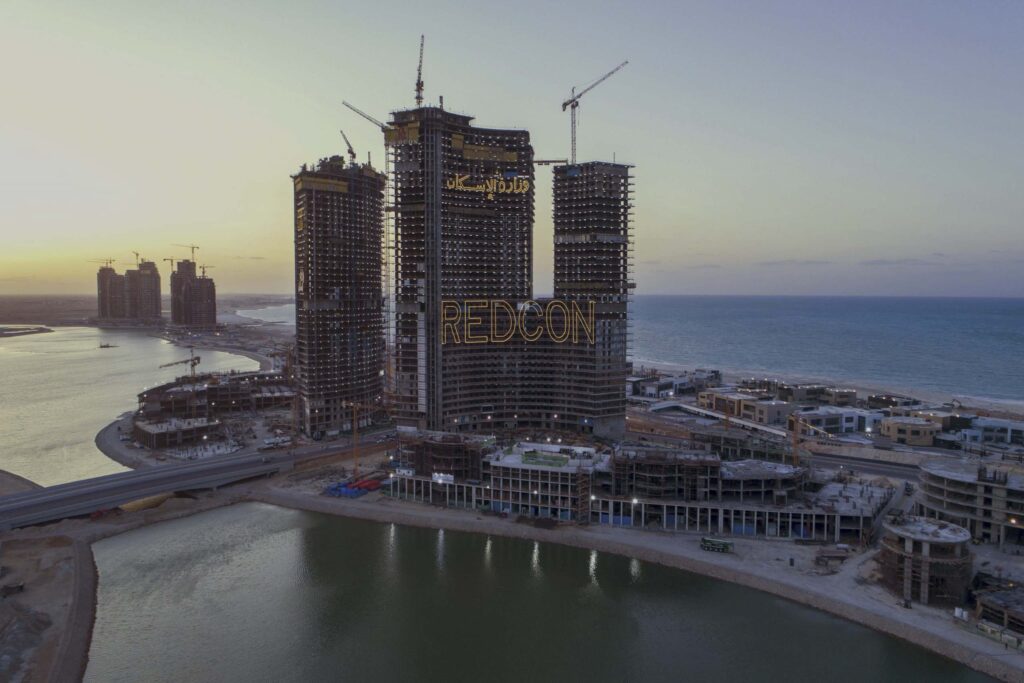
A visit to New Alamein
Ahram | | 8 July, 2019
A visit to New Alamein
Many people might automatically think of World War II and the famous First and Second Battles of Alamein between the Allies and the Axis powers when they hear the word Alamein.

They might also think of the memorials and cemeteries for the fallen soldiers, such as the German and Italian memorials and the Commonwealth Cemetery, as well as the Alamein Military Museum. However, the image of Alamein may be changing as the area experiences a cultural and touristic boom, making what was once a scene of warfare, death and destruction an international tourist destination on Egypt’s Mediterranean coast.
To discover how this city of New Alamein is faring, Al-Ahram Weekly visited the area to check up on the progress of the development projects, with the first stop being an area where residential towers are under construction. The whole area was abuzz with activity: workers calling to each other, cranes swivelling with their loads, bulldozers rumbling and trucks going this way and that.
The buildings themselves are in different phases of completion, some nearly finished, others still anticipating additional storeys. Other new buildings were also under construction, including a recreation zone, promenade, ministerial building, “Latin Quarter”, and infrastructure such as a new bridge and wastewater treatment station.
“The construction companies are providing housing for the workers involved in the various projects in the old city of Alamein and nearby touristic villages,” said Mahmoud Al-Gazzar, a 30-year-old engineer from Alexandria involved in one of the New Alamein projects. “The accommodations are a 10-minute drive from the site, and they offer all the services the workers need, including restaurants and the like. Buses take the workers to and from their accommodation.”
Al-Gazzar has been working on the recreation zone project since 2017. There are two high-rise residential towers with four floors allocated for services, and the area also has a garage, stores, restaurants, cafés, and banks, he said.
One of the workers on the project, 40-year-old Ibrahim Mohamed, begins his day at 6am. He was hired three months ago as a labourer for a construction firm and lives in a workers’ “container” — a long, rectangular, box-like structure that holds rows of beds. Located near his worksite, the containers vary from white to grey. There are no catering services, and he buys his food from a nearby store. Some containers house bathrooms, and there are eight altogether.
“We work 12-hour days from eight in the morning to eight at night. The workers do not get paid holidays,” Mohamed said, adding that they are paid LE70-80 per day. While he is hired on a day-wage basis, he is paid at the end of each month. “I’m asking for an increase. I’ve been working in construction for 10 years, and the cost of living has been constantly rising. I also have to face the hardship of living far away from my family, and I have to support a wife and six children.”
The Weekly received a warm welcome from Mohamed Zaki, a 30-year-old civil engineer from Upper Egypt, who gave a tour of one of the residential projects underway in what is to be the New Alamein’s “Downtown” district. The 44-storey structures would be the tallest apartment blocks in the city, he said.
“The design of the tallest residential towers has been embossed on the coins people use for their daily purchases, to take buses and the like,” he said. “There will be 15 of these towers near the Corniche, and the lower storeys will house cafés, restaurants and shopping centres.”
A number of real-estate development firms are involved in the construction of these high-rises, among them Arab Contractors (three buildings), SIAC Construction (two), Redcon Construction (one), Hassan Dara (one), Orascom (four) and Hassan Allam Construction (four in collaboration with another company).




